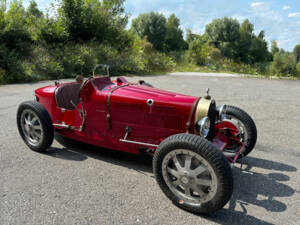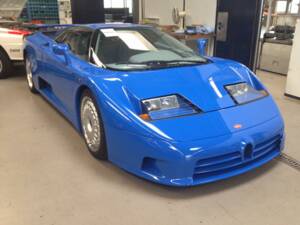- Car
- Bugatti (22 offers)
Bugatti Classic Cars for Sale
Bugatti stands for exclusive engineering, striking aesthetics, and motorsport heritage. Each model represents individual craftsmanship and technical innovation—from the petite Type 13 to the technologically advanced Veyron and Chiron. Discover rarities and technical masterpieces from over a century of automotive history.
Search results

1937 | Bugatti Type 57 C
Kompressor/Matching Numbers Motor
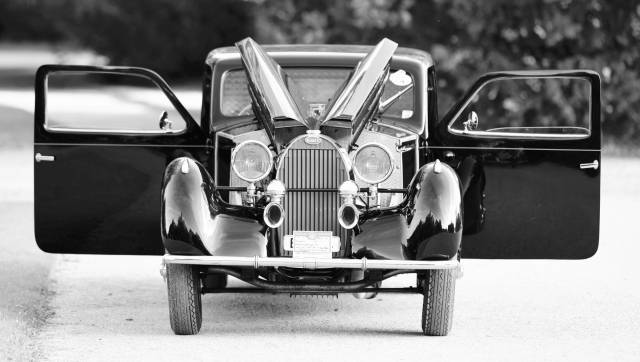
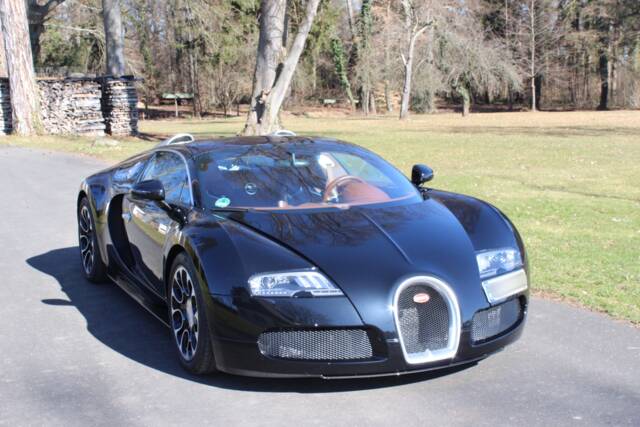
2011 | Bugatti Grand Sport
FIRST OWNER
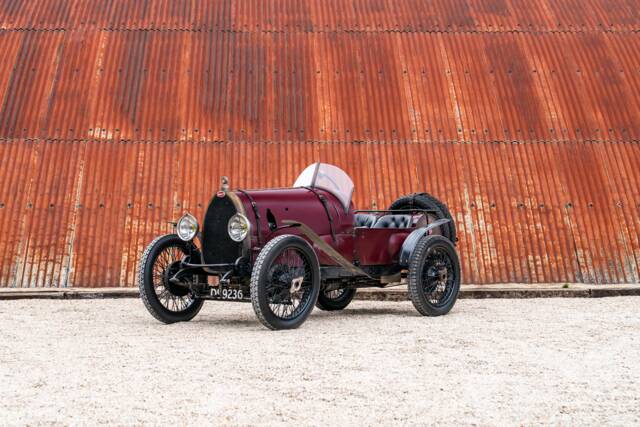
1924 | Bugatti Type 13 Brescia
1924 Bugatti Brescia
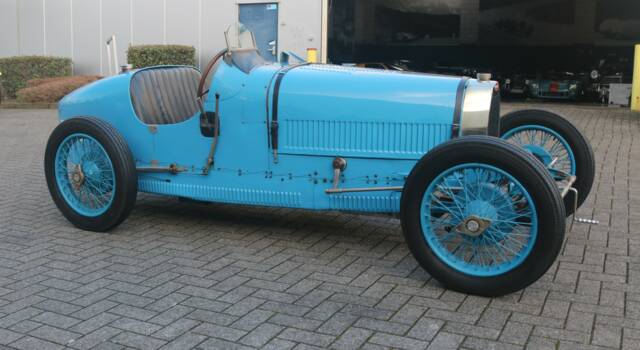
1927 | Bugatti Type 35 A
Bugatti 35 A K. Betti Replica
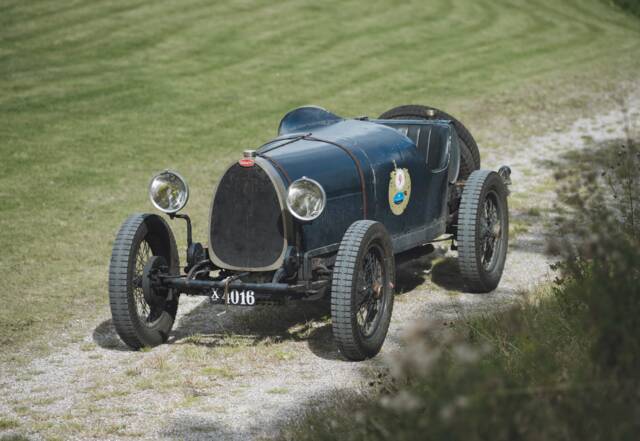
1923 | Bugatti Type 30
Bugatti Type 30 Grand Prix w. Type 35A engine. Genuine Bugatti Molsheim parts throughout.
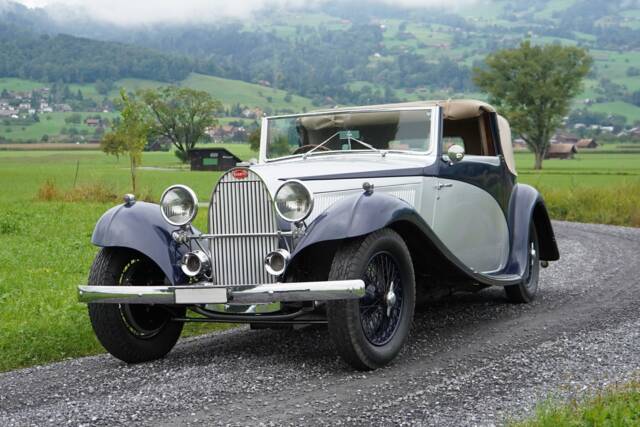
1934 | Bugatti Typ 57
Three Position DHC by J. Gurney Nutting - One Off
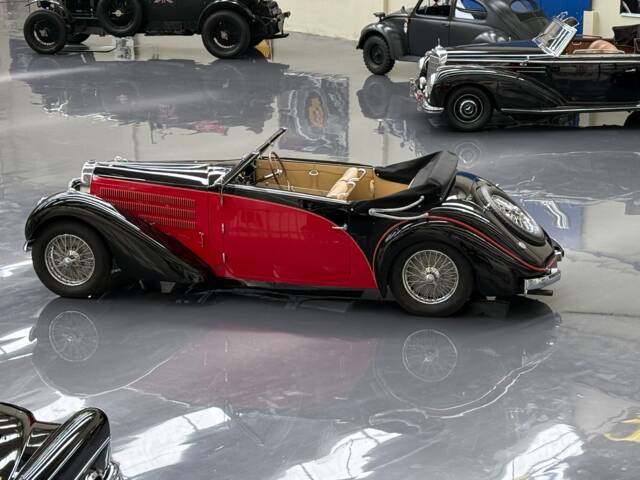
1937 | Bugatti Typ 57
Stelvio by Gangloff, Ex Pernod

1932 | Bugatti Type 35 B
Mit Schweizer Strassenzulassung
VAT is reclaimable

1994 | Bugatti EB 110 GT
**Like New** Service New**Last Series**

1929 | Bugatti Type 44
3000cc 8 CILINDRI TORPEDO CARROZZATA GHIA TORINO – ASI NR. 1007 DEL 1982
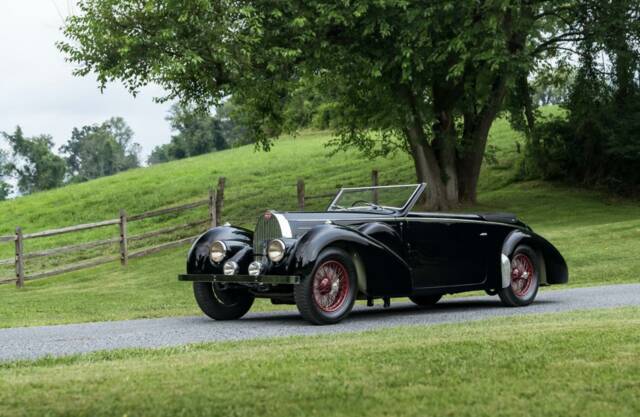

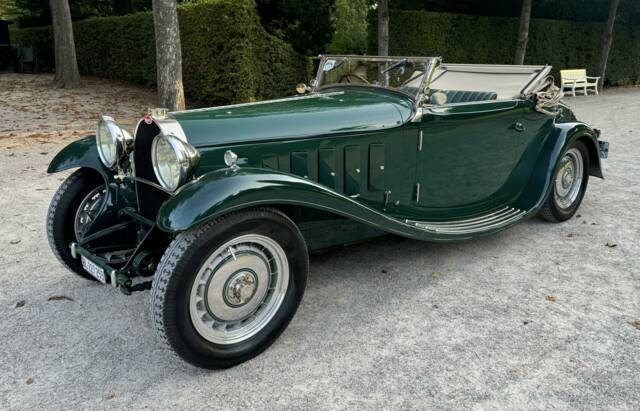
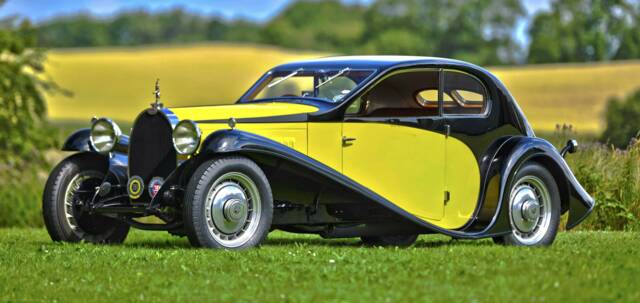
History of Bugatti
Founded in 1909 by Ettore Bugatti in Molsheim, Alsace, Bugatti quickly became synonymous with bold engineering and competitive dominance. In the 1920s and 1930s, the marque achieved major racing success, particularly with Grand Prix victories from the Type 13, Type 29, and Type 35. Bugatti's racing pedigree was cemented with wins at Le Mans in 1937 and 1939. Every vehicle followed Ettore's model: the letter T for 'Type' and a sequential number. Only approximately 7,950 units were produced until 1963, with most being limited runs or race specials. Post-war financial difficulties ended car production until Volkswagen revived the brand in 1998, launching modern icons like the Veyron and Chiron, which carry forward the spirit of technical art established by Ettore and his son Jean Bugatti.
Model History and Evolution
Bugatti’s naming convention is consistent: each car is labelled by its type, serving as a roadmap through Bugatti’s remarkable evolution. The Type 13 was the first series production model (from 1910), famous for its lightweight architecture and agile handling. The Type 30 introduced straight-eight engines, and the Type 35 set motorsport records with over 2,000 victories. The Type 43 and 44 ushered Bugatti into luxury grand touring, while the prestigious Type 57 (developed under Jean Bugatti) became a technical reference for refinement, with submodels like the 57S, 57C, and 57SC. In the modern era, Bugatti entered the supercar market with the Veyron (2005) and Chiron (2016), setting new benchmarks for road car performance.
Highlights and Market Relevance
Bugatti’s technical curiosity can be traced to early four-valve technology, light alloy wheels, and striking bodies often tailored by coachbuilders. Some chassis, like the Type 35, achieved legendary status in motorsport. Grand Prix specification was not reserved for the track—Type 43 became one of the first production cars capable of exceeding 100 mph. The few dozen Type 57SC Atlantics are considered among the rarest vehicles worldwide. Modern models, such as the Veyron and Chiron, unite extreme power, complex cooling, and advanced driver assistance systems, all within meticulously crafted interiors.
Bugatti’s presence in the classic market is reflected in listing and demand shares:
- Type 57 accounts for 21.6% of listed Bugatti classics and captures 22.7% of all Bugatti views on Classic Trader.
- The Type 35, with 13.8% supply share and 15.5% demand, shows high interest relative to its rarity, while Veyron models maintain a high 14.4% supply and 10.0% demand share—remarkable for a modern supercar.
Technical Data
Special Editions and Rare Models
Several Bugatti models were produced only in extremely limited numbers, making them highly desirable in enthusiasts’ circles:
- Type 41 Royale: Only six produced; ultimate luxury pre-war automobile with a near 13-litre engine.
- Type 57 Atlantic: Just four built, distinctive by its riveted aluminium bodywork and unique silhouette.
- Type 55: Only 38 units, mostly as Jean Bugatti-designed Roadsters or Coupés; used advanced engine technology derived from Grand Prix racing.
- Grand Sport Sang Bleu: A 2009 one-off show car celebrating 100 years of Bugatti, notable for carbon/aluminium bodywork.
- EB 110: First modern revival (1991-95), just 139 made, introduced carbon-fibre chassis.
- Modern specials: Veyron and Chiron were each offered in numerous limited-edition series, often celebrating Bugatti’s racing or design heritage.
Engine, Transmission and Driving Experience
Original Bugattis present a distinctly mechanical driving experience, often with non-synchronised gearboxes, responsive chassis, and vivid high-revving engines. The Type 13 and 23 embrace agility, while the Type 35 stands out for its direct steering and racing-honed dynamics. The Type 57 is known for its smooth-running dual overhead cam inline-eight and refinement in both comfort and speed. Compressor (Roots) models, such as the Type 57SC, deliver advanced performance for their time. Modern Bugattis, from the Veyron onwards, are defined by outstanding acceleration, advanced all-wheel-drive systems, and multimode transmissions capable of handling immense power with high stability. - Type 57: Refined touring, >135 PS (SC up to 200 PS), coachbuilt bodywork
- Type 35: Race-winning chassis, inline-8, up to 140 PS
- Veyron: Quad-turbo W16, 1,001 PS, AWD, 407 km/h
- Chiron: Quad-turbo W16, 1,500 PS, 420 km/h
Design: Exterior, Interior and Accessories
Bugatti cars are immediately recognisable—earlier models with signature horseshoe grilles, spoked or alloy wheels, and instrument clusters provided by Jaeger. Bodywork was often supplied by custom coachbuilders such as Gangloff, Vanvooren, and Corsica, resulting in unique shapes and richly trimmed interiors. Many vehicles received bespoke accessories: special paint (notably Bugatti blue), custom dashboards, and rare period materials (such as real wood inlays and leather trim). The Atlantic’s riveted bodywork, Type 57S/C’s lowered stance, and Veyron’s combination of carbon/aluminium composite panels represent landmark design milestones. Modern interiors feature high-end leathers, ambient lighting, and machined controls, reflecting uncompromising attention to luxury and individuality.
Further Details
Many Bugatti owners seek models with full historical documentation, matching numbers, or special provenance, such as original car show appearances. Numerous vehicles offered were tailored to customers, resulting in a wide spectrum of body formats—from two-seat Roadsters to elaborate Saloons. Most classics have participated in concours events and rallies, underlining their continued relevance in the collector community. Replicas, particularly of the Type 35A, exist and are often built on Volkswagen platforms but do not match the performance or value of originals.
Summary
Owning a Bugatti means holding automotive history in your hands: revolutionary engineering, period-leading performance, hand-crafted design, and a lineage that includes some of the rarest and most fascinating vehicles ever produced. On Classic Trader, interest focuses mainly on the Type 57, Type 35, and modern Veyron and Chiron models—each with a unique provenance and technical significance. Due to high values and the rarity of many series, vehicles with documented history and original specification are especially desirable.








